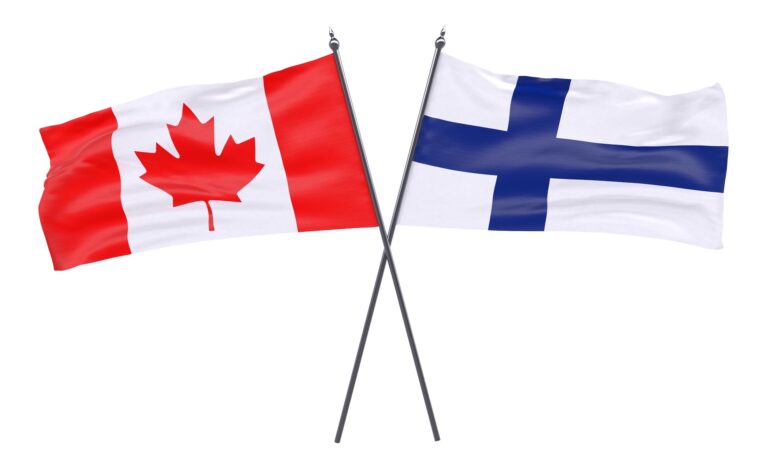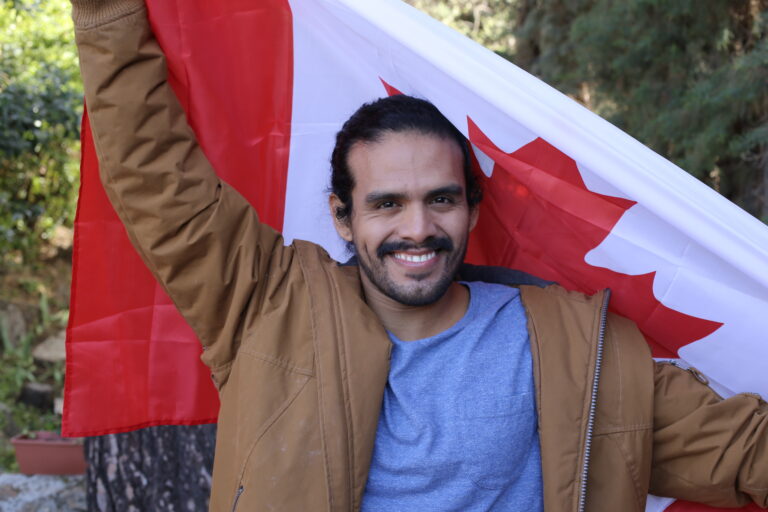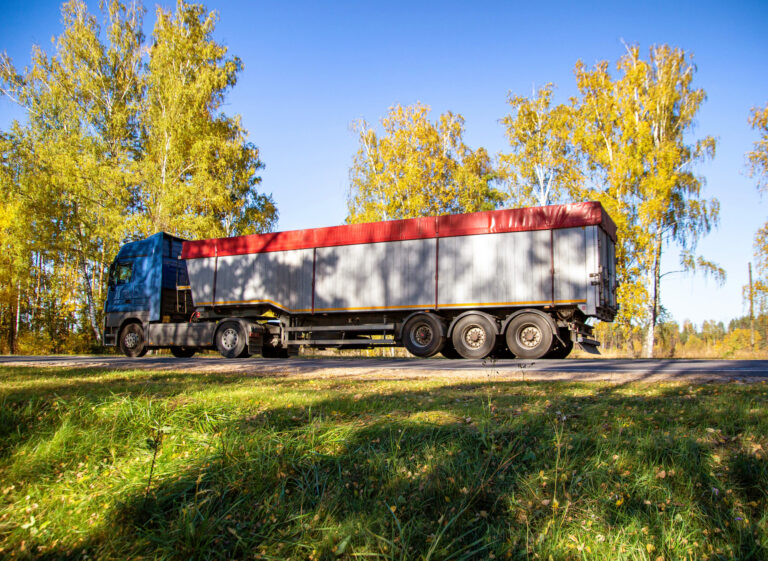We are recruiting long haul (HGV) drivers for a major employer in Canada. If you have a valid Class 1 license equivalent in your country, please submit your CV here.
Manitoba is turning to immigration to deal with its shortage of transport truck drivers, the occupation in which the province is likely to face the greatest shortage of labour in the next few years.
In its Manitoba Labour Market Outlook 2022–2026, the province projects a shortfall of 7,300 workers needed to fill jobs in Manitoba during that four-year period.
With Winnipeg, the provincial capital, serving as a North American transportation hub, employers are already eagerly seeking to recruit truck drivers, including from abroad.
At the end of May, the Job Bank federal job-hunting and career-planning website listed 213 job ads in Manitoba for truckers, categorized under the National Occupational Classification (NOC) 2021 with the code 73300, and many employers were seeking to fill multiple positions.
With six railways coming into Winnipeg, including three serving the United States, the province’s biggest city is a natural location for transportation and logistics and so is the base of operations for the vast majority of Manitoba’s trucking companies.
Read More Canada Immigration News
Canada’s Highest Potential Salary For An Internationally-Trained Truck Driver Is In Alberta
Canada’s New Express Entry Occupation Draws To Target Truck Drivers
A Step-by-Step Guide To Employing a Truck Driver from Overseas in Canada
As May drew to a close, 165 trucking jobs, or 77.5 per cent of the total in the province, were offered by Winnipeg companies. There were 18 trucking jobs in the Interlake region north of Winnipeg and another 14 in the southeastern corner of the province.
In Manitoba, the median hourly wage for trucking jobs is $22 but that varies from a low of $15 per hour right up to $31 per hour, reveals Job Bank.
Based on a standard 37.5-hour work week, that would be $60,450 at the upper end of the annual wage scale for truckers in Manitoba.
Are you an employer looking to hire foreign workers in Canada? Immigration.ca can help through its sister company, skilledworker.com. We provide a comprehensive recruitment package to help you identify and hire the best individuals from abroad. Contact us now.
But truck drivers are also often paid bonuses by the kilometre, enabling them to earn significantly more.
With transportation companies desperately looking for truckers to replenish and grow their aging workforce, both the federal and provincial governments have been helping out with immigration policies to grant work permits and permanent residence to qualified foreign workers looking for these kinds of jobs in Canada.
Manitoba is one of the participants in the Economic Mobility Pathways Pilot (EMPP) which is expected to start helping employers hire skilled refugees and other displaced individuals, including for trucking jobs, this summer.
That will allow refugees who are truckers to immigrate to Manitoba under the EMPP and get jobs in the transportation sector.
Refugees Immigrating To Canada Under The EMPP Can Fill Trucking Jobs
“Canada is a global leader in helping skilled refugees connect with employers struggling to find workers in critical areas, while giving newcomers the opportunity to restart their careers and their lives here in Canada,” said Immigration Minister Sean Fraser.
“Our government will continue to develop and scale innovative immigration measures to help employers address their critical labour shortages and provide refugees with the opportunity to live in safety while rebuilding their lives.”
Employers looking to hire to fill any of the vacant trucking jobs in Manitoba can also use the federal Labour Market Impact Assessment (LMIA) process of the Temporary Foreign Worker Program (TFWP) to bring in internationally-trained truckers.
If you are a candidate looking for a Canada job, or an employer looking to recruit foreign talent from abroad, immigration.ca can help. Access our expertise through our in-house recruitment enterprise skilledworker.com, “the leader in foreign recruitment”.
The Manitoba Provincial Nominee Program (MPNP) only permits companies to hire outside the LMIA process when specific conditions are met including recruitment efforts and in terms of the province’s labour law.
The MPNP provides employers with two pathways, the Skilled Worker in Manitoba (SWM) and Skilled Worker Overseas (SWO), to recruit skilled workers.
Once a foreign national has acquired 12 months of work experience in Manitoba, he or she can then apply for permanent residence through the federal Express Entry Canadian Experience Class (CEC) program.
Qualifying applicants under the CEC first fill out an Express Entry profile which is awarded points under the Comprehensive Ranking System (CRS). When there is a draw, the government issues an Invitation To Apply (ITA) for permanent residence to every qualified applicant.
Watch Video
Once nominated, the next step is to apply to the federal government through Immigration, Refugees and Citizenship Canada (IRCC).
In Canada, foreign nationals can often come under a temporary work permit, through the TFWP, or a study visa, gain work experience and then apply for permanent residence under a federal Express Entry program.
Under the TFWP, qualified applicants receive a Canadian visa and, depending on the province, can transition to Canadian permanent residence through an Express Entry immigration program such as the CEC.









